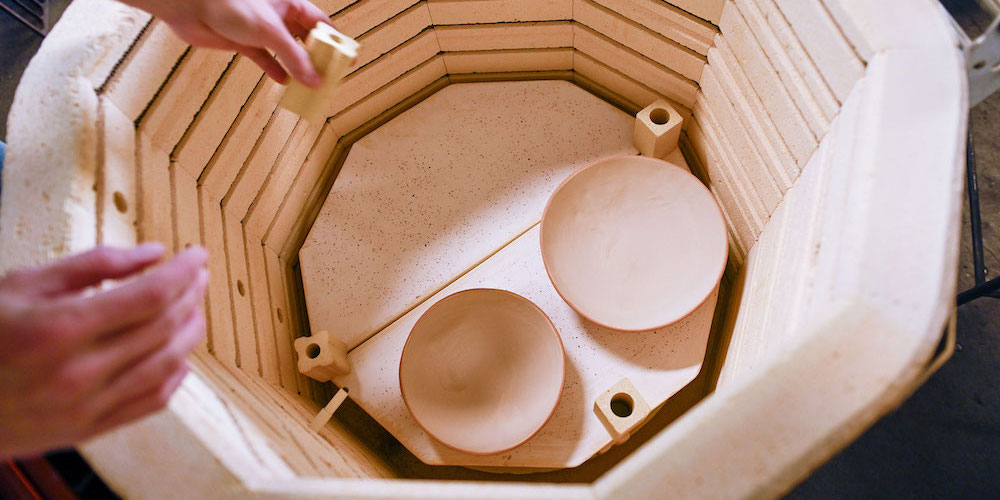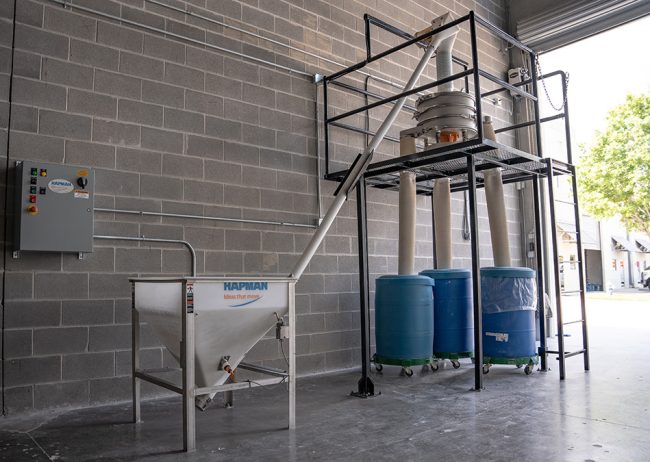
The Impact of Particle Shape on Ceramic Forming & Sintering
The shape of the particles in your ceramic materials can make or break the final product. Let’s explore how particle shape impacts both the forming and sintering processes, and why choosing the right shape is key to optimizing your ceramics for strength, durability, and precision.
Particle Shape: The Overlooked Factor in Ceramic Manufacturing
In ceramic manufacturing, a lot of focus goes into materials, temperature, and processes. But one thing that often gets overlooked is particle shape.
When forming ceramics, whether through extrusion, molding, or pressing, the shape of the particles matters a lot. It affects how easily the material flows, compacts, and holds together. Get the shape right, and the whole process goes more smoothly, with stronger and more consistent results. Get it wrong, and you can end up with defects, weak spots, or uneven compaction that hurts the final product.
Uniformity in Particle Shape
When particles are consistent in shape (especially when they’re spherical or near-spherical) they tend to flow and compact more easily. This uniformity can reduce defects in the final product, leading to better consistency and strength.
Irregular Particles
On the other hand, irregularly shaped particles (such as flakes or elongated particles) may not pack as efficiently. These shapes can lead to poor flowability, causing problems like air pockets or uneven compaction, which can weaken the ceramic piece.
Particle Size Distribution
The distribution of particle sizes also plays a role here. A mix of fine and coarse particles can help fill voids and create a more dense, uniform material. But, if the particle size range is too broad, it can lead to issues with packing density and forming consistency.

Need a manufacturing consultant? Contact IntoCeramics today!
Particle Shape & Sintering: The Heat Factor
Once the ceramic material is shaped, the next critical step is sintering.
Sintering is the process of heating the material to high temperatures to fuse the particles into a solid structure. Naturally, particle shape plays a big role in how materials behave during sintering.
Spherical Particles in Sintering
Spherical particles tend to sinter more evenly because they have a consistent surface area and fewer stress points. This makes it easier for the particles to rearrange and bond, resulting in a stronger, denser final product. This is especially important for materials that need to be precise or strong, like those used in advanced ceramics or structural components.
Irregularly Shaped Particles in Sintering
Irregularly shaped particles may have more surface area and sharp edges that can lead to uneven sintering. These edges can create stress concentrations and hinder the material’s ability to bond during heating. In some cases, this can result in poor mechanical properties, such as reduced strength or brittleness.
Sintering Behavior and Shrinkage
The shape of the particles also affects the rate and extent of shrinkage during sintering. Spherical particles generally experience more uniform shrinkage, while irregular particles can cause uneven shrinkage, leading to warping or cracking in the final product.
Achieving Optimal Ceramic Performance
The right particle shape can make or break a ceramic’s performance. It affects everything from how easily the material forms to how consistent the final product is, all the way to its strength after sintering. For manufacturers, it’s important to think about particle shape along with other factors like particle size and binder content to get the best results.
- For Better Forming: Choosing spherical or near-spherical particles can help the material flow and compact more easily, leading to smoother forming and more reliable products.
- For Better Sintering: Using uniform particle shapes that pack well and sinter evenly will improve material strength and reduce porosity, giving you a stronger, more durable final product.
Improve Your Ceramic Production Today with IntoCeramics
Focusing on particle shape can make a big difference in how your ceramics form and sinter. By paying attention to this often-overlooked detail, you can reduce defects and create more consistent results. Ready to make a change? Even small adjustments can lead to better outcomes in your production process!
If you’re looking to refine your ceramic materials and take your products to the next step, contact us at IntoCeramics. Our team specializes in toll manufacturing and ceramic engineering, and we’re here to help you optimize your processes and get the results you need.